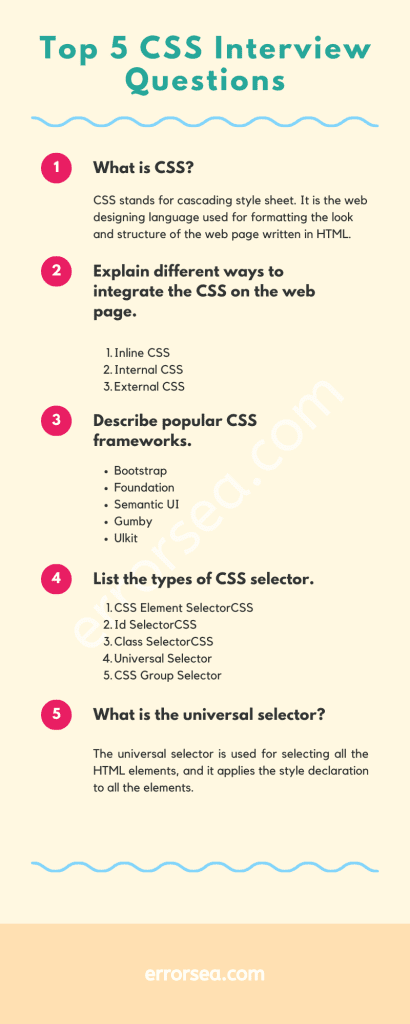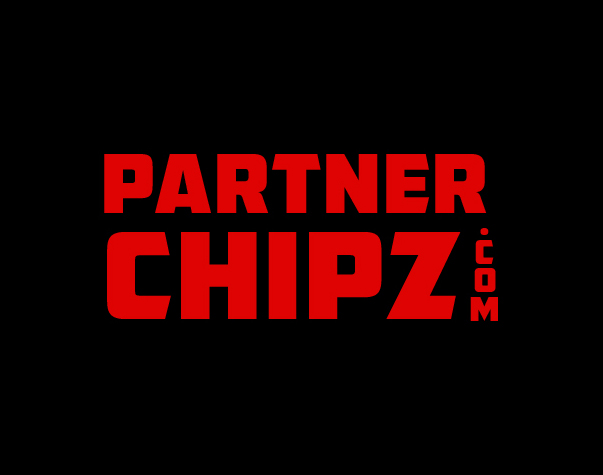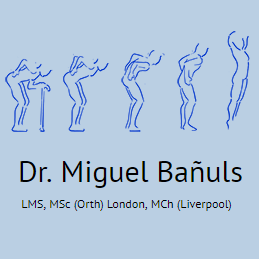CSS interview questions are a crucial aspect of front-end developer interviews, where candidates must demonstrate their understanding of cascading style sheets and their practical application in web design. As the foundation of website aesthetics, these questions often center around responsive design, CSS preparation strategies, and advanced techniques that impact user experience. Interviewees can expect to face a blend of theoretical knowledge and practical challenges, testing their ability to create visually appealing and functional websites across various devices. In this article, we’ll explore essential CSS for interviews, equipping you with tips and insights to excel in your upcoming conversations with hiring managers. Mastering CSS concepts will not only boost your confidence but also showcase your expertise in the competitive tech landscape.
When preparing for job interviews in the web development field, particularly for roles focused on styling and layout, it’s essential to consider a variety of topics, commonly known as CSS-related inquiries. These queries not only assess your knowledge of stylistic elements but also delve into your grasp of responsive design principles to ensure web applications look great on all devices. Additionally, candidates might encounter questions about optimizing CSS code and the ways to implement best practices for front-end performance. Understanding the nuances of CSS preparation will enhance your ability to navigate these interviews successfully, differentiating you from other applicants. By honing your skills in responsive design interview questions and strategizing CSS tips for interviews, you’ll be better positioned to impress future employers.
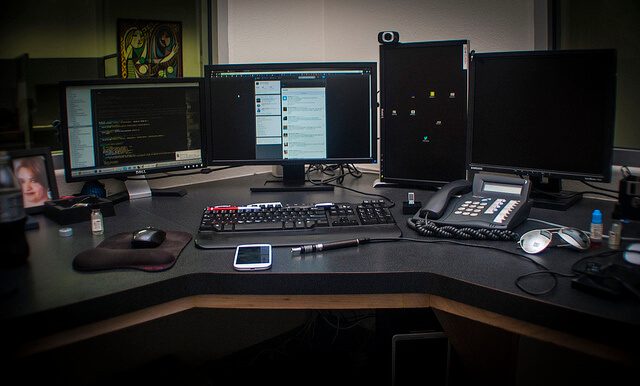
Understanding Responsive Design
Responsive design is critical in today’s web development landscape. When asked how to create a responsive website, you should emphasize that it involves designing layouts that adapt to different screen sizes and orientations. Utilizing tools like media queries, flexible grids, and responsive images is essential for ensuring a seamless user experience across all devices. A key approach is to employ a mobile-first strategy, where you first create styles for mobile devices and progressively enhance them for larger screens.
An effective way to demonstrate your knowledge is to provide a simple CSS code snippet that showcases the principles of responsive design. For instance, using `max-width` in your container styles and the `max-width: 100%` on images can effectively illustrate how elements scale according to their parent container. This not only makes the design visually appealing but also improves accessibility. Furthermore, be prepared to discuss how to test your layouts through browser developer tools, simulating various devices to ensure they maintain functionality and aesthetics.
Exploring CSS Preprocessors
CSS preprocessors like Sass and Less enhance your ability to write cleaner, more maintainable stylesheets. These tools introduce features such as variables, nesting, and mixins which streamline the development process. During an interview, it’s important to articulate how these preprocessors enable better organization of your CSS, making it less prone to errors and easier to refactor. For instance, using a mixin in Sass allows you to create a consistent box-shadow effect throughout your styles with minimal repetition.
Additionally, you should highlight the ongoing relevance of preprocessors despite recent advancements in CSS. Even with CSS introducing native features, many developers continue to prefer preprocessors for their organization capabilities and powerful features. Be ready to share examples of how you have utilized these tools in past projects, showcasing your ability to apply industry best practices effectively.
Making Fonts Responsive
The way you handle fonts can significantly impact both user experience and accessibility. When discussing methods to make fonts responsive, focus on using relative units such as `em` and `rem`. This allows the text size to scale with user preferences and different screen sizes, ensuring readability. You might also mention modern techniques like the `clamp()` function, which permits you to define a range for your font sizes, smoothly transitioning as the viewport size changes.
It’s vital to explain not just the ‘how’ but also the ‘why’ of responsive fonts. By using responsive typography, you cater to a wider audience and varying devices, creating a more inclusive web experience. When preparing for interviews, consider crafting a small demo showcasing your approach to responsive typography, which could involve adjusting line heights and font sizes based on media queries to demonstrate your understanding effectively.
Z-index and Stacking Context
Understanding the z-index property is crucial for managing overlapping elements in your layout. During interviews, you should explain that z-index can only be applied to positioned elements (those with `position: relative`, `absolute`, `fixed`, or `sticky`). It’s also essential to touch upon the concept of stacking context, which can be influenced not only by the z-index but also by certain CSS properties that establish a new stacking context.
When describing this concept, use examples such as how a modal might overlap other content on a page. Stacking contexts help developers control rendering order, preventing unexpected behaviors. Providing a visual diagram or simple code examples can help illustrate how different elements interact based on their stacking contexts, making the concept clearer and emphasizing your grasp of complex CSS interactions.
Display Property Variations
The `display` property plays a vital role in determining how elements are rendered on the page. In your explanation, differentiate between block, inline, and inline-block elements. Block elements, for instance, always take up the full width available while starting on a new line. Inline elements, on the other hand, occupy only as much width as necessary and flow with the surrounding text.
You should also clarify the functionalities of inline-block elements, which combine aspects of both block and inline. Explaining these differences can demonstrate your understanding of layout construction in CSS. Employ real-life examples, such as using inline-block for buttons that you want to sit side by side without breaking the layout, to solidify your explanation further.
Utilizing Box-Sizing
The `box-sizing` property drastically changes how the browser calculates an element’s width and height. By default, CSS uses the content-box model, which only includes the content in the specified size, leading to potential layout issues. Conversely, the `border-box` model includes padding and borders in the width and height, allowing for more predictable layouts.
When preparing for interviews, be ready to discuss scenarios where using `box-sizing: border-box` can simplify layout management. Providing an example of a card layout that relies on fixed dimensions while accommodating padding makes your points clear. Candidates who understand the underlying mechanics of CSS properties like `box-sizing` can articulate their reasoning better during practical coding assessments.
Making Images Responsive
Responsive images are essential in avoiding layout shifts and ensuring content scales across devices. A foundational strategy is applying `max-width: 100%;` to your image styles, which keeps images flexible within their parent container while maintaining their aspect ratio. During an interview, you might also discuss the `height: auto;` rule to further enhance this effect, ensuring that images resize while maintaining their visual integrity.
Additionally, consider discussing modern techniques like the “ element and `srcset` for serving appropriately sized images based on device capabilities. This not only optimizes performance but also enhances user experience by loading images that are best suited for the screen size. Your capability to address both simple and complex aspects of responsive images can set you apart from other candidates.
Improving CSS Performance
In today’s performance-driven web, understanding how to optimize CSS is crucial. Factors affecting performance include file size, the order of styles, and the complexity of CSS selectors. During an interview, you could suggest strategies like minimizing CSS files through tools such as PostCSS, utilizing critical CSS for above-the-fold content, and regularly auditing and simplifying selectors to improve rendering speed.
Furthermore, discussing the benefits of lazy-loading CSS files can show your knowledge of advanced techniques. By deferring non-critical CSS until after the main content loads, you ensure a smoother user experience. It’s critical to equip yourself with examples from past projects where you applied performance optimization techniques, showcasing your direct impact on load times and user engagement.
CSS-in-JS vs External CSS Imports
As front-end paradigms evolve, the debate between CSS-in-JS and traditional external CSS imports continues. Start your discussion by outlining the benefits of CSS-in-JS, such as scoped styles, dynamic styling based on component state, and the power of JavaScript to create styles on the fly. This approach can significantly enhance modular components, particularly in frameworks like React.
However, it’s also essential to address the potential downsides, such as increased runtime overhead and challenges with server-side rendering. On the flip side, standard external CSS offers advantages like caching and faster initial load times which are critical for performance. Striking a balance between these two methodologies can demonstrate your comprehensive understanding of CSS practices in modern web development.
Practical Layout Building
When it comes to practical applications of CSS, being able to build layouts is fundamental. Interviews often include tasks where you need to demonstrate your ability to recreate a specified design. Start by explaining your thought process, how you break down the layout into components, and your consideration of responsive design principles throughout.
Illustrating your proficiency with CSS Grid and Flexbox can also provide you an edge. For instance, explain how you would structure a simple grid layout or a complex Flexbox arrangement, discussing their respective advantages based on the requirements of the design. This showcases your flexibility and adaptability as a developer, crucial for team environments where collaboration and quick iteration are key.
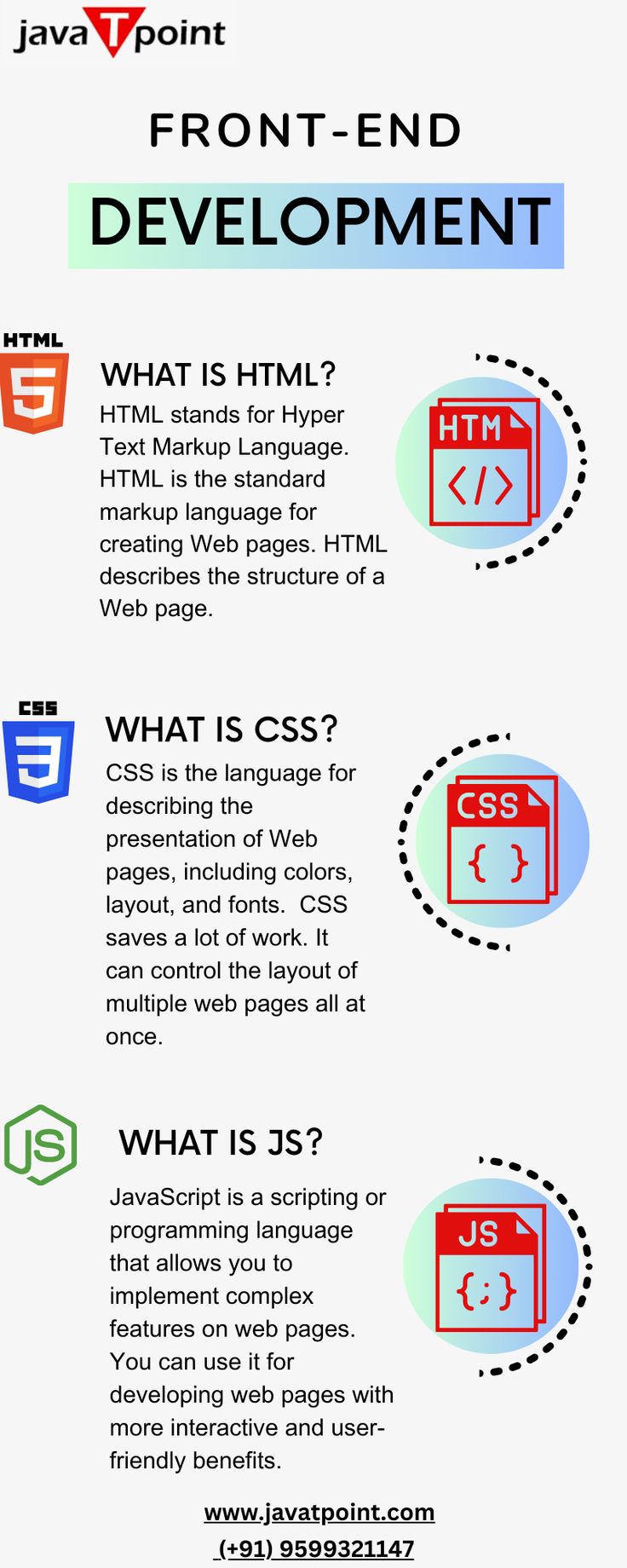
Final Thoughts on CSS Interview Preparation
In conclusion, preparing for CSS-specific interview questions is a crucial step for aspiring front-end developers. Mastering the essential concepts discussed—from responsive design and preprocessors to the nuances of z-index and display properties—can significantly boost your confidence during interviews. Furthermore, practicing coding examples and being capable of articulating your thought process will help you stand out as a candidate, demonstrating not just your technical knowledge but also your problem-solving skills.
As you dive into your preparation, remember to take note of the following tips:
– Familiarize yourself with common interview questions to improve your response times.
– Conduct hands-on practice by building sample projects that incorporate various CSS techniques.
– Utilize online resources, such as frontendlead.com, to access study materials that can enhance your understanding of CSS.
By adopting these strategies and remaining persistent, you will increase your chances of acing your interviews and securing the front-end developer position that you desire.
Emphasizing Continuous Learning
It’s essential to remember that preparing for CSS interview questions is not just about memorization but also about fostering a mindset of continuous learning. The world of front-end development is constantly evolving, and keeping up with the latest trends, tools, and best practices is fundamental to remaining competitive. This involves embracing newer CSS features, updates, and methodologies that can improve both performance and usability.
To aid in this journey, consider engaging in the following practices:
– Follow industry trends and insights through tech blogs and forums to stay updated on CSS advancements.
– Participate in coding communities or workshops that focus on CSS best practices.
– Regularly review and refactor your personal projects to incorporate new CSS techniques you’ve learned.
By committing to this ongoing education, you’ll not only be prepared for your upcoming interviews but will also cultivate the adaptability necessary for a successful career in tech.

